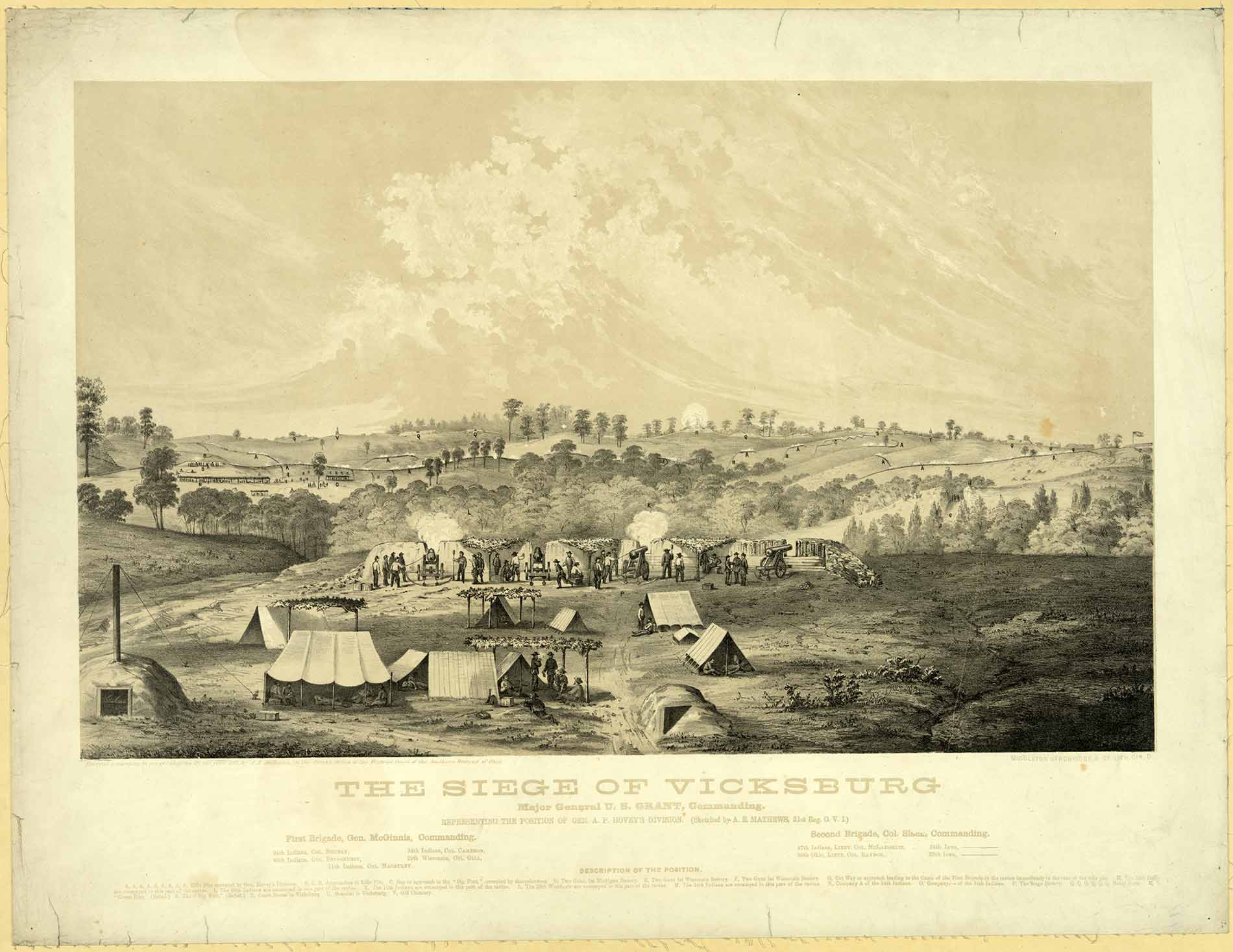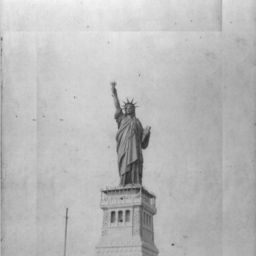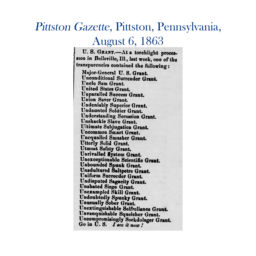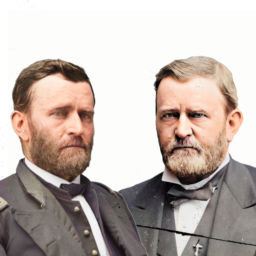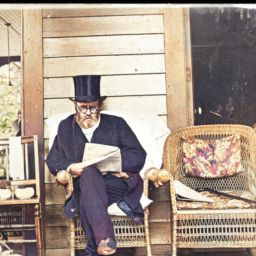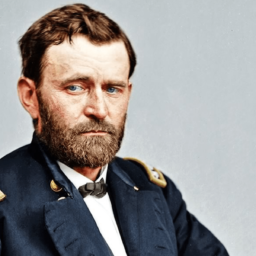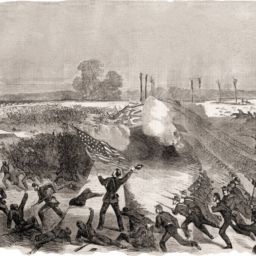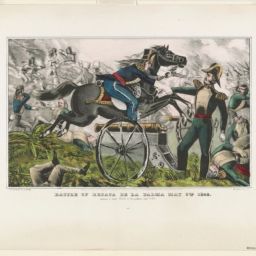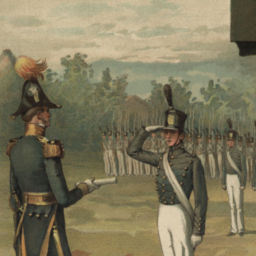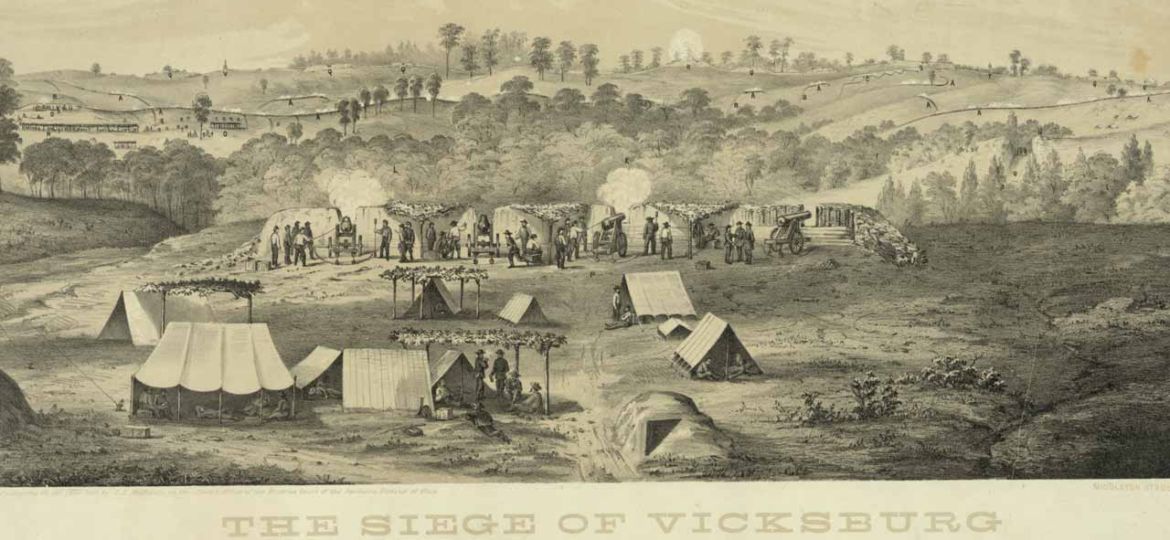
American Civil War, Western Theater, Vicksburg campaign. Ulysses S. Grant’s May 19 and May 22 assaults on Vicksburg both failed. Ron Chernow in Grant describes the grimmest aspect of the aftermath.
[W]ith wounded soldiers writhing at the foot of the Mississippi ridge and dead bodies decomposing in fierce sunlight, Grant had to make an excruciating choice. Lest it signal weakness, he was reluctant to submit a request for a truce to inter the dead and care for wounded soldiers who lay helplessly exposed on the battlefield. It was Pemberton[, the Confederate commander of Vicksburg’s defenses,] on May 25 who suggested a two-and-a-half-hour cease-fire—his soldiers had begun to gag on the stench of corpses—and Grant agreed, doubtless with relief. (270)
By then, Grant was training 220 land guns and 100 naval guns on the river port city, and on the same day as the ceasefire, May 25, 1863, issued orders to his corps commanders to “immediately commence the work of reducing the enemy” through a siege.
Grant’s forces, the Army of the Tennessee, had undertaken a daring route to Vicksburg. They thrust northeastward into Mississippi’s interior first, then came back westward towards Vicksburg after capturing the state’s capital city of Jackson.
That gambit required breaking away from the Union army’s lines of communication—i.e., routes for the army’s supplies, reinforcements, and communications—moving fast, foraging as needed for food, and scrounging and improvising for materiel and anything else required. Despite the risks, Grant’s army won a rapid series of decisive victories against Confederate forces at the battles of Raymond (May 12), Jackson (May 14), Champion Hill (May 16), and Big Black River Bridge (May 17).
Then on May 18, Grant’s army reached Vicksburg, but were unable to force its defenders’ capitulation with direct assaults.
Inherent in the Army of the Tennessee’s siege operations would be constructing its own defensive trenches roughly parallel to Vicksburg’s own, as well as interior lines of communication.
Ronald C. White, Jr., in American Ulysses elaborates.
Siege work is shovel work. “Sapping” was the method used by Northern white soldiers working alongside freed black Southerners. Often called “the fatigue party,” sappers sank a trench six to twelve feet wide and seven feet deep. They constructed “sap rollers,” huge balls stuffed with cotton, to protect them from bullets. This tactic worked until Confederates countered with fireballs rolled toward the sap rollers. The sappers changed tactics by constructing zigzag trenches. (282–283)
Also, Grant would need to array units in easterly defensive positions, with pickets and patrols, to protect from possible enemy attacks to the rear of the Union army—specifically from where Confederate General Johnston’s army was beyond the Vicksburg vicinity.
Of course, siege operations would include firing artillery into Vicksburg and its defenses in a relatively sustained manner, too.
Yet, time was of the essence. The siege must be brought to a successful conclusion by Union forces as soon as possible.
Two concerns at least existed for Grant during the Vicksburg siege:
1) that a sufficiently large Confederate army would approach from his army’s rear and lift or badly comprome the siege and
2) that the siege would drag on seemingly endlessly, thereby further dampening pro-war sentiment among the North’s population. Between impatience with the length of the war and alarm over the high casualty rates, calls in the North were increasing—especially from newspapers and politicians aligned with Northern Democrats—for compromise with the armed secessionist movement of the slave states of the South.
If the siege’s de facto start came after the failed May 22 assault on Vicksburg, its de jure start came on May 25 with the issuance of Grant’s order.
Sources:
Chernow, Ron. Grant. New York: Penguin Books, 2017. Kindle.
White, Ronald C. American Ulysses: A Life of Ulysses S. Grant. New York: Random House Publishing Group, 2016. Kindle.
Featured Image: see below.


